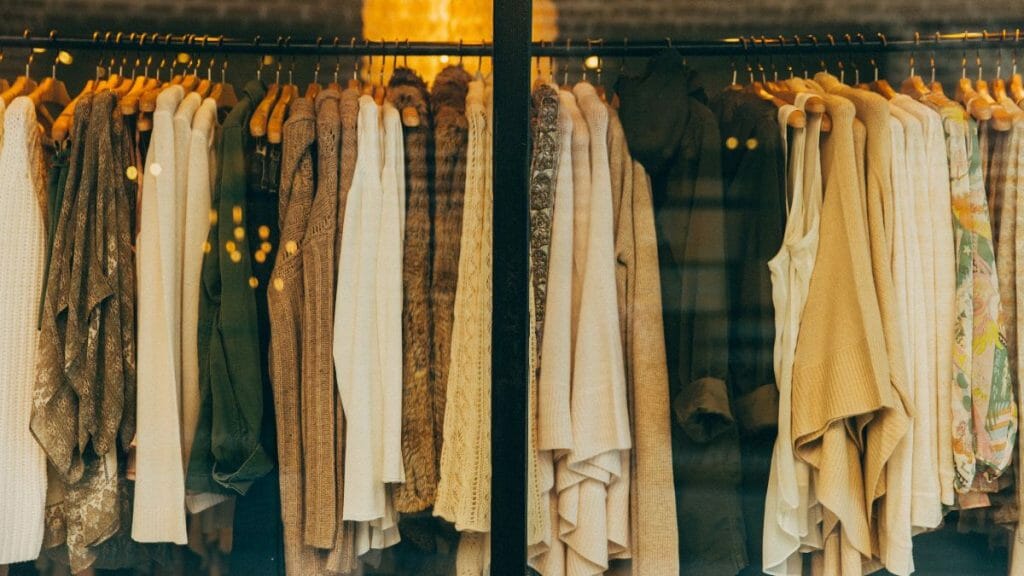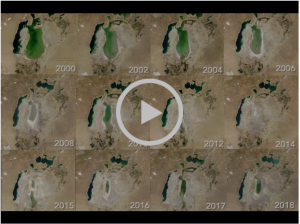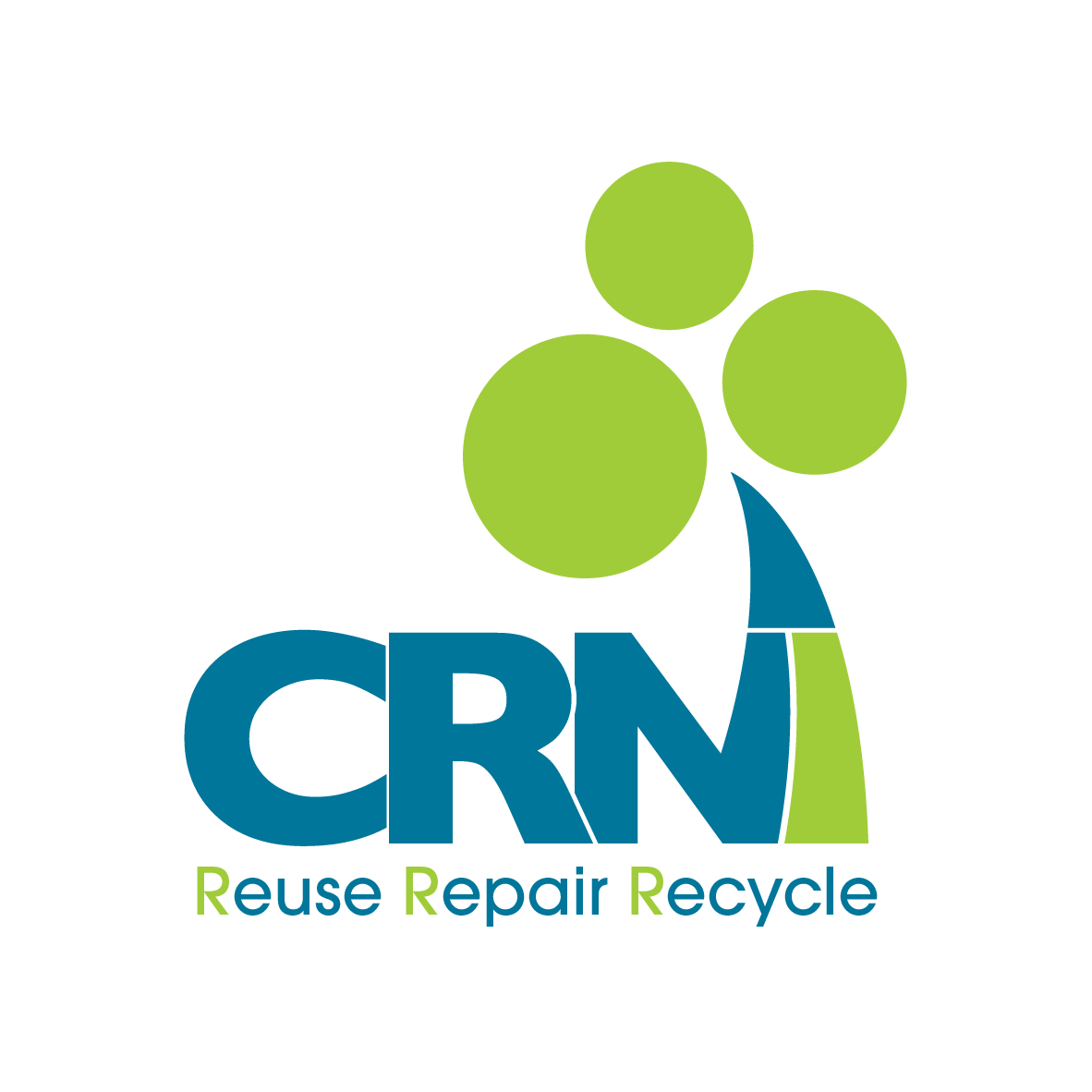
Guest news contributor, Linda Ward, Principal of Retail Renewal and Secretary of the Irish Charity Shops Association
The latest talking point in the fashion media is sustainable fashion. It seems that everyone is interested in helping the environment having watched Blue Planet 2 and seeing the plastic litter in the oceans. How does this translate into the fashion industry? Is this just another passing trend or the beginning of real changes in the industry?
What’s new?
On Tuesday luxury brand Net A Porter launched Net Sustain. Each brand must meet one of the five criteria they have specified for sustainability. Is this a laudable green effort or a good bit of PR for all their other products?
This is in the same week that the UK Government rejected all 18 recommendations from the Environmental Audit Committee Report, Fixing Fashion on the impact of fast fashion – including a 1p per garment levy. Ministers also rejected a ban on burying or incinerating clothes that could be recycled.
1. We throw out a lot of clothes.
Here are some startling figures produced in January this year in a Briefing by the European Parliamentary Research Service (EPRS). Between 1996 and 2012 it is estimated that the amount of clothes bought per person increased by 40%.
- Over half of all garments discarded are not reused or recycled so end up in landfill
- One third of the clothes in your wardrobe have not been used in the past year
- In 2015 we all bought 12.66KG of new clothes (or 4 x 3kg bags of potatoes worth!)
2. Consumers see cheap fashion as “nearly disposable”.
Fast fashion relies on mass production, low prices and large volumes of sales. The Briefing from EPRS tells us that in the year 2000 companies produced two collections. By 2011 this had increased to five per year, with some chains having a rolling programme of up to 24 collections per year. As reported in The Guardian this week, “one in three young women in Britain consider a garment worn once or twice to be old.” Between 1996 and 2012:-
- The amount of clothes bought per person increased by 40%
- The price of clothing increased by 3%
- Consumer prices rose by 60%
3. The global fashion industry produces 5% – 10% of greenhouse gas emissions
Energy intensive production means a lot of GHG’s (greenhouse gases) are produced. The 2018 Quantis Report Measuring Fashion, Environmental Impact of the Global Apparel and Footwear Industries Study, tells us that the clothing and footwear industries in 2016 account for 3,990 million metric tons CO2eq. A big figure which equates to the CO2 emitted by about 9,000 transatlantic flights from Dublin to New York.
4. The fashion industry consumes more energy than the aviation and shipping industry combined.
This, to me, is the most startling fact. Think of all those aeroplanes in the air and all the oil tankers and container ships bringing our goods to us. A UN Climate Change article in 2018 tells us that fashion industry as a whole consumes more energy than both of those industries combined.
5. Clothing production needs a lot of water
The average water footprint for a kilo of cotton (equivalent to pair of jeans and a shirt) is 10,000-20,000 litres according to a 2017 WRAP Report, Valuing our Clothes. To put it into context, each household in Ireland used 351 litres per day in 2016 according to the CSO. So 10,000 litres is the daily water consumption for 28 Irish households – to make 1 pair of jeans and a shirt.
In countries where cotton is produced this has led to water shortages and huge environmental and social costs. The cotton producing countries most affected are India, Pakistan and Uzbekistan. The dramatic physical effects of this can be seen in Uzbekistan’s Aral Sea, which is the same surface area as the island of Ireland.
From the NASA Earth Observatory
“The Aral Sea was once the fourth-largest lake in the world. Fed primarily by snowmelt and precipitation flowing down from faraway mountains, it was a temperate oasis in an arid region. But in the 1960s, the Soviet Union diverted two major rivers to irrigate farmland [to produce cotton], cutting off the inland sea from its source. The Aral Sea has been slowly disappearing ever since. These images show how the Aral Sea and its surrounding landscape has changed over the past few decades.”

View video here
The North Aral Sea is now recovering after a dam was built to prevent water escaping but the South Aral Sea is still a desert.
However, seeds of hope are springing up in other places. The Better Cotton Growth and Innovation Fund (Better Cotton GIF) aims to make global cotton production better for the people who produce it, better for the environment it grows in and better for the sector’s future.
Three ways to change the (fashion) world
In my view there are three elements that drive the change in this multi-billion euro industry towards a more sustainable future.
- Behavioural change by the consumer.
- More and better choices provided to the consumer by manufacturers and retailers.
- Statutory rules laid down by governments to enforce the desired changes.
The first is happening slowly but surely, the second is happening very slowly and not so surely and the third is not really happening at all.
What can you do?
This is all very depressing and the problem can seem overwhelming. The statistics can be mind boggling and take a while to sink in. But there is hope and, as I said in the previous paragraph, the first is behavioural change by the consumer.
That’s you and me and the choices we make in how we live, eat, work, travel and, more to the point, shop. Stay tuned for next month’s blog post to find out how you can make your contribution to change the fashion world.
© Retail Renewal 26/06/19
Retail Renewal offers practical solutions for the ever-evolving challenges of running a retail business today. Find out more on www.retailrenewal.ie If you’d like to get in touch with Retail Renewal about your retail or business project please give Linda a call on 086 8146949. Let us help you to grow your business and your profits.
https://publications.parliament.uk/pa/cm201719/cmselect/cmenvaud/1952/1952.pdf
http://www.europarl.europa.eu/RegData/etudes/BRIE/2019/633143/EPRS_BRI(2019)633143_EN.pdf
https://www.theguardian.com/fashion/2019/jun/21/fast-fashion-is-on-the-rampage-with-uk-at-the-head-of-the-charge
https://quantis-intl.com/wp-content/uploads/2018/03/measuringfashion_globalimpactstudy_full-report_quantis_cwf_2018a.pdf
https://unfccc.int/news/un-helps-fashion-industry-shift-to-low-carbon
http://www.wrap.org.uk/sites/files/wrap/valuing-our-clothes-the-cost-of-uk-fashion_WRAP.pdf
https://www.cso.ie/en/releasesandpublications/er/dmwc/domesticmeteredpublicwaterconsumption2016/
https://bettercottonfund.org/
- July 2, 2019
Sign up to our quarterly newsletter for more information on reuse and recycling and be part of Ireland’s only reuse and recycling network. For information about our privacy practices, see here.



